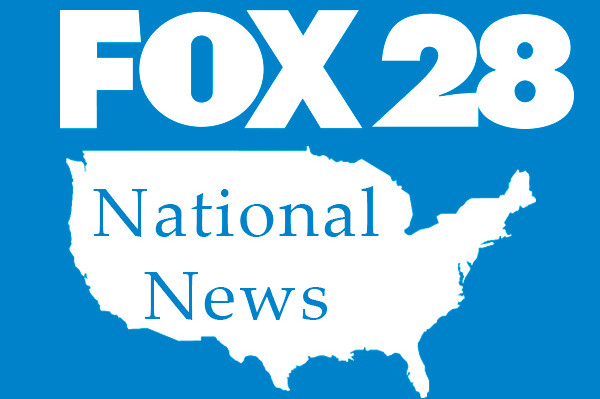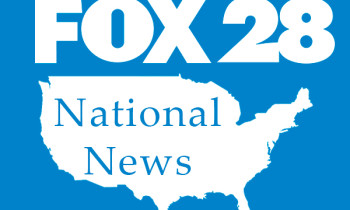
Only homeowners living in communities that opt into the National Flood Insurance Program (NFIP) can buy federally backed flood insurance, and nearly 200 Missouri communities have chosen to go without it. This poses risks for homeowners in non-participating communities in a state with a history of catastrophic inland and riverine flooding.
The Great Flood of 1993 in Missouri and throughout the Midwest was one of the most expensive and devastating floods in modern U.S. and Missouri history. River saturation from snowmelt and heavy rainfall caused flooding along the Mississippi and Missouri rivers that resulted in more than $15 billion in damages, 50 deaths, and 50,000 damaged or destroyed homes.
“Nothing compares to the Great Mississippi River Flood of 1993. However, what I see now are historic flash flooding events, like the one that the St. Louis metropolitan area experienced in July/August 2022,” Karen McHugh, Missouri NFIP coordinator and floodplain section manager, told Insurify.
On July 26, 2022, for example, a continuous series of thunderstorms produced nearly 25% of the St. Louis metropolitan area’s typical annual rainfall over the course of several hours. The result flooded interstates and homes and caused two deaths and multiple water rescues.
“The clouds roll in, the sky opens, and it floods in areas outside of those mapped as high-risk,” said McHugh. “Where it rains, it can flood — this is why we encourage everyone to have a flood insurance policy on their real estate and contents.”
Standard home insurance policies don’t cover damages from flooding, so homeowners who want insurance protection for such events must buy a separate flood insurance policy from a private insurer or the NFIP through the Federal Emergency Management Agency (FEMA).
Missouri at a glance
Missouri has 692 communities enrolled in the NFIP, including 75 communities in the regular program with no special flood hazard and 154 communities only minimally prone to flooding. But the state also has 190 non-participating communities, all of which have identified hazard areas.
Though FEMA has identified 190 non-participating communities, the Missouri State Emergency Management Agency (SEMA) contacts 340 non-participating communities each year.
“This is because the Community Status Book that documents 190 non-participating communities does not show communities that have never been mapped or communities that have been mapped by FEMA as a No Special Flood Hazard Area (NSFHA),” McHugh said.
Why some communities choose not to participate
In SEMA’s annual outreach to non-participating Missouri communities, the agency asks each municipality for a brief summary of why it doesn’t participate in the NFIP.
Answers vary, but communities may not participate in the NFIP if FEMA hasn’t mapped them as a Special Flood Hazard Area (SFHA), they’re on high ground, or they’re small and don’t have the necessary staff or budget to join, according to McHugh. Eight out of the top 10 Missouri counties with non-participating communities are rural counties with populations between 15,000 and 35,000.
“My gut feeling about why some at-risk communities opt out of the NFIP is that they do not want to have to regulate new development in the SFHA,” said McHugh, who has worked in the NFIP since 1993.
Because homeowners in non-participating communities can’t purchase federally backed flood insurance, residents who live in high-risk flood areas won’t qualify for federal disaster relief.
“A community that chooses not to participate within one year of a flood hazard identification or the publication of a new/revised flood map is subject to consequences, including exclusion from federal grants, loans, disaster assistance, and federal mortgage insurance,” said McHugh.
What’s next: Options for homeowners in non-participating areas
Some homeowners who live in non-participating communities have the option to purchase flood insurance from a private insurer. Private insurance companies typically offer more flexible coverage options, but not all sell flood insurance. The insurers that do may choose not to sell flood insurance to people in areas at a high risk of flooding, making it hard to obtain coverage.
Residents of a non-participating community who want their community to opt in to the NFIP can advocate with town leaders and other residents to start the process of joining the program. To enroll, communities must complete an application, adopt a resolution of intent to participate and cooperate with FEMA, and adopt and submit a floodplain management ordinance meeting or exceeding the NFIP’s minimum criteria.
Homeowners in SFHAs are at a high risk of flooding, but about 40% of all NFIP flood insurance claims come from areas outside these high-risk flood zones.
Related articles


